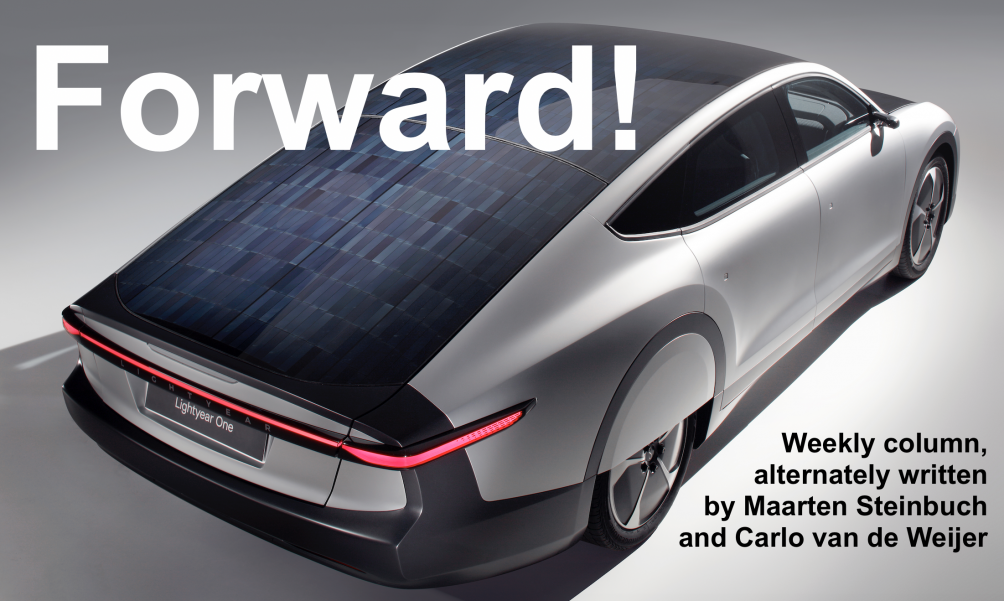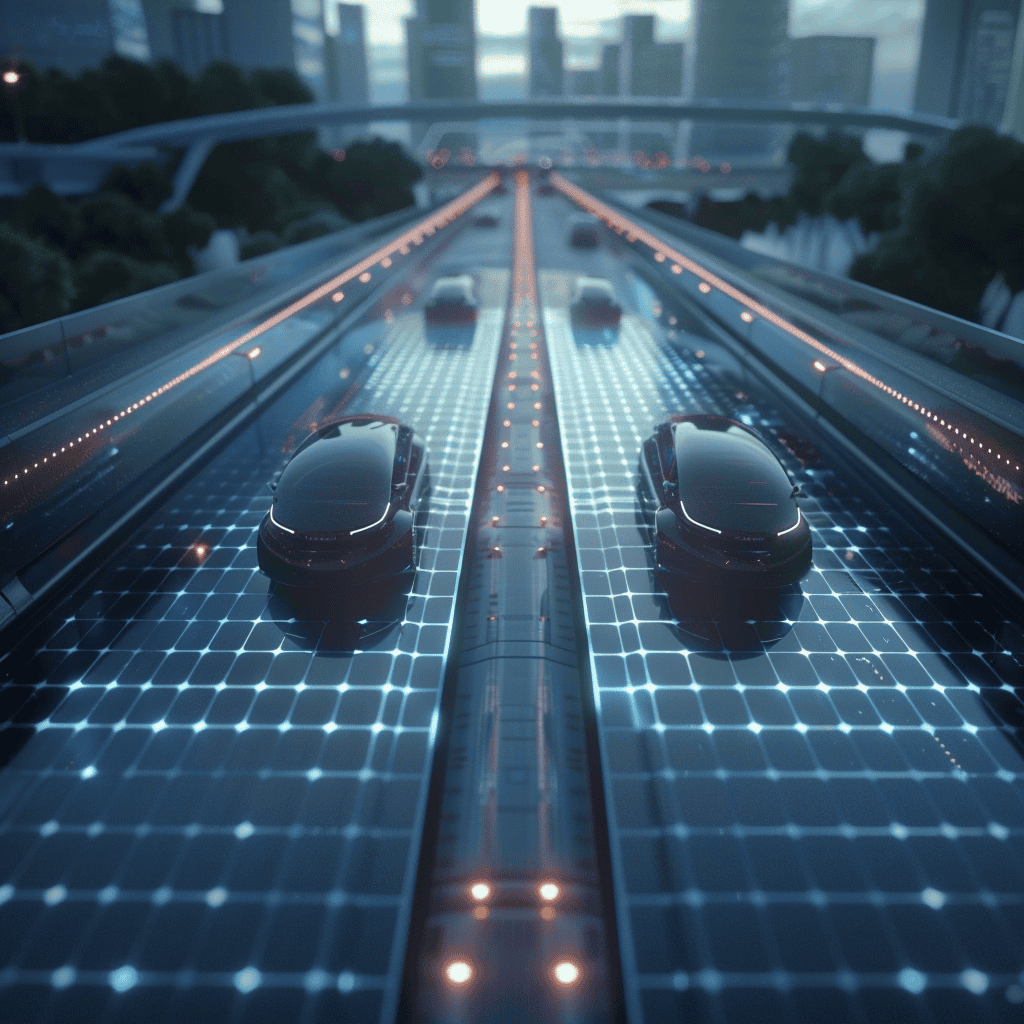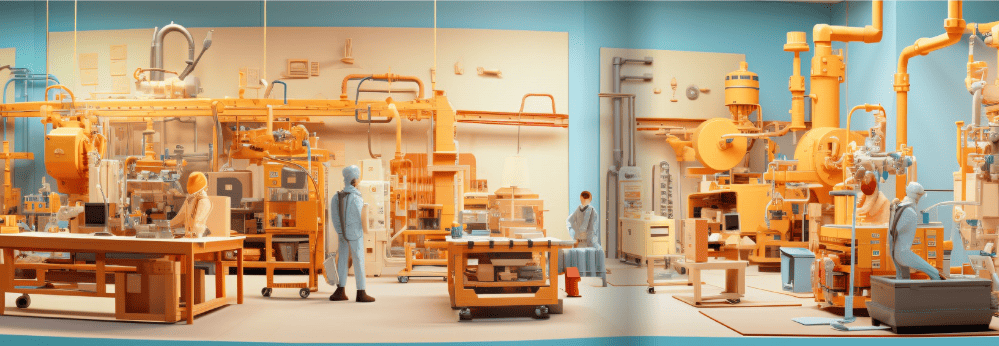
For two weeks now, my car automatically stops at a traffic light. Fifty or even one hundred meters ahead of time, it indicates that a traffic light is coming. I can see in my display whether the light is red or green. A short tap on the power pedal or the gearshift makes the car accelerate again. My car also stopped automatically at a T-junction on the road the other day, which I hadn’t seen before. Indeed: I have received another software update last week.

In the US, Tesla is already going much further with the rollout of smart software for the car. There, you can see images of displays that I only know from our own research vehicles, with which we test completely autonomous driving on designated roads. On those displays, you can see many details of roads on the right and left, of other road users, and of lines on the road. If you are one of the test drivers with that new software, your car can take turns independently, take roundabouts, and navigate, even in residential areas. The videos you can find on the internet are downright impressive, but there are also a few where Teslas make wrong and even dangerous decisions. What’s exactly going on – and is that allowed?
In America, the rules are different, and it is allowed to experiment more widely with smart car technology. Still, even Teslas don’t drive entirely autonomously; the driver is required to stay alert and to intervene if necessary. When activating this new software, you have to prove your obedience with a tick.
The big difference with our situation is that Tesla uses the data it gathers with these test vehicles in a neural network. In this central brain, the data is used to learn from, and every five to ten days cars get a next, better version by means of a software update.
“While driving, all Teslas are in fact learning, and the neural Tesla brain is getting much smarter, at a very high speed.”
Maarten Steinbuch
To us, this may sound a bit futuristic, but the videos of ordinary Tesla drivers show that the quality of the autonomous car is improving rapidly. For the time being, Tesla is the only manufacturer capable of doing this with its fleet of hundreds of thousands of cars worldwide. While driving, all Teslas are in fact learning, and the neural Tesla brain is getting much smarter, at a very high speed.
Is this then the real breakthrough of fully autonomous driving? I don’t think so. The wider roads in the US are incomparable to those in many places elsewhere in the world. My own car still can’t make a good distinction between a green bicycle traffic light and a red car traffic light when they’re right next to each other. I think I’ll have to stay active as a corrector for a while to come. At least until then, I remain curious about what my car has learned after a new update.
Maarten Steinbuch and Carlo van de Weijer are alternately writing this weekly column, originally published (in Dutch) in FD. Did you like it? There’s more to enjoy: a new book with a selection of these columns has just been published at Lecturis.







